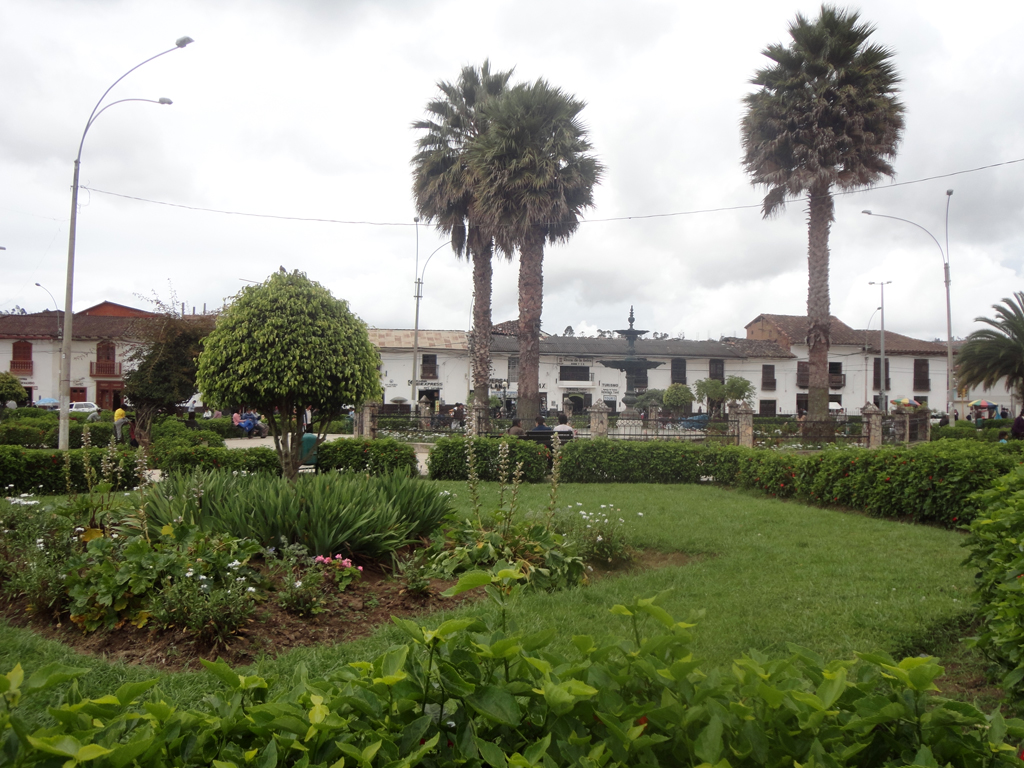
I was promptly up, showered and out the front of the hostal to start the 8am tour to explore the Quiocta Cave, the ancient sarcophagi of Karajia and to the Valle de Belen. One thing I’m quickly learning in Peru is that nothing runs on time. A half an hour later we finally filled the minibus and took off with an interesting mix of older tourists.
There was the English couple, Andrew and Natalie, around my age (well I’m a few years older, but everyone thinks I’m a lot younger!) who I quickly got on well with and they were on this day tour as the beginning to a 4 day trek. A German, Wolf,
that didn’t say many words, a couple from Chiclayo and finally three generations of daughters from Lima. These three were the biggest surprise; we thought they were a mum with her two daughters at first, and not daughter, mother and grandmother! The mum of the 23 year old looked far too young for have a daughter of that age, or as Andrew put it, she was a fine MILF!
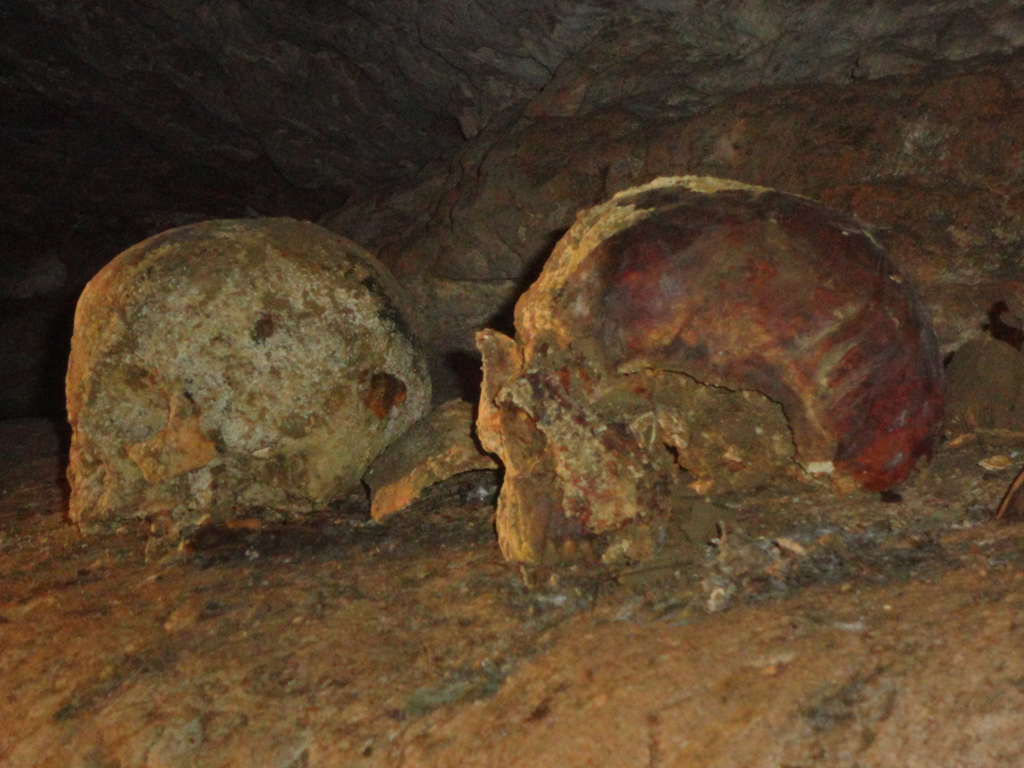
The first stop was to the cave of Quiocta. I haven’t been caving since Belize, over ten years ago, so I was looking forward to this. Equipped with gum boots we entered the cave, and damn if we didn’t need them! The cave was filled with mud that we tramped through, pools of water we splashed through, stalactites we marvelled at and the skulls of the dead thought to have been sacrificed here.
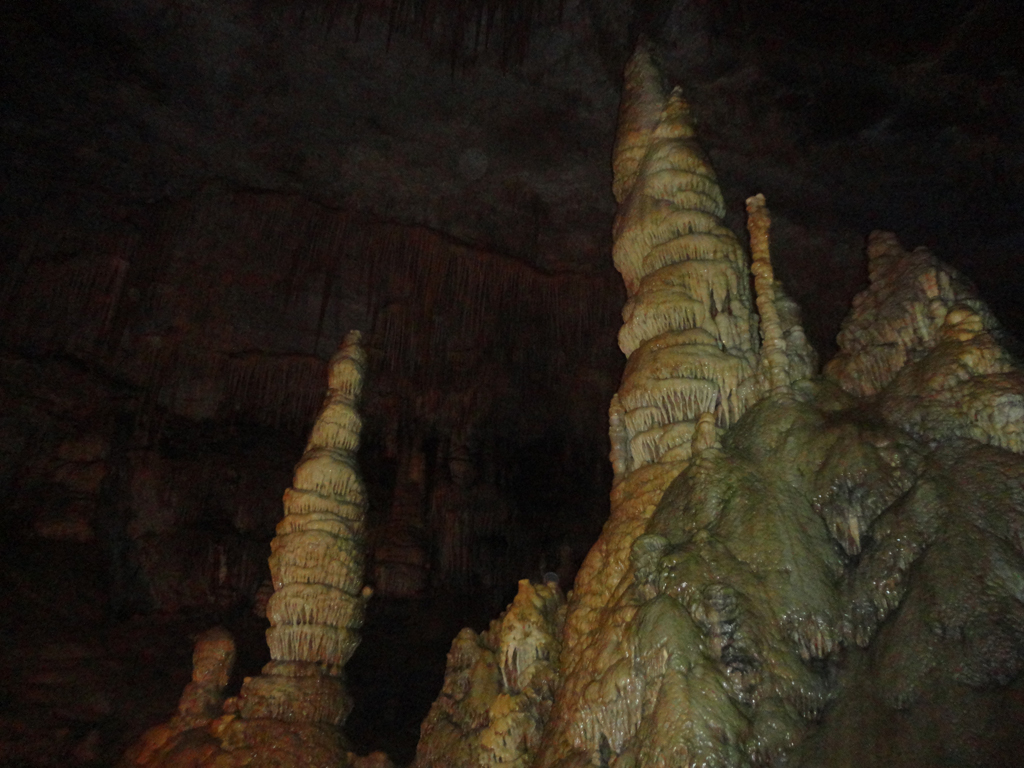
There were many moments where you’d look at the climb up slippery mud, convinced you’ll fall and slide into deeper mud or water, but watching the grandmother soldier on you couldn’t help but just balance yourself and get on with it. However I kept finding myself at the end of the line, and by the time I was trying to find my footing on calcium rich rock dripping with water, the guide had moved the spot light away and I was stepping into darkness hoping for the best outcome (ie, not being the first one to fall into the mud)! The German helped out on several occasions, as he had wisely brought a torch along. He was a funny man, I don’t think he spoke either English or Spanish, and he silently helped everyone out.
We finished the cave and headed back to sunlight. As the entrance approached and spilt natural light into the cavern, the grandmother exclaimed “Hallelujah!” I think it was a feeling we all shared at this point, and now in the light I could see one of my trouser legs had come out of the gum boot and was now caked in mud. This would turn out to be not a problem, as I was destined for more mud this day.
After some lunch of trout (three days in a row of having trout, I’m becoming a bit of a fan) we continued onto Karajia. The minibus stopped at the beginning of the walk to the site in the small village of Cruz Pata. As we drove through the village we interrupted no less than 3 volley ball games being held on the road. The walk to Karajia was 2kms, now a 2km walk isn’t that bad when it’s mostly flat. This however was a steep walk down into the valley below, and with each step downward I feared the horror that would be the upward return.
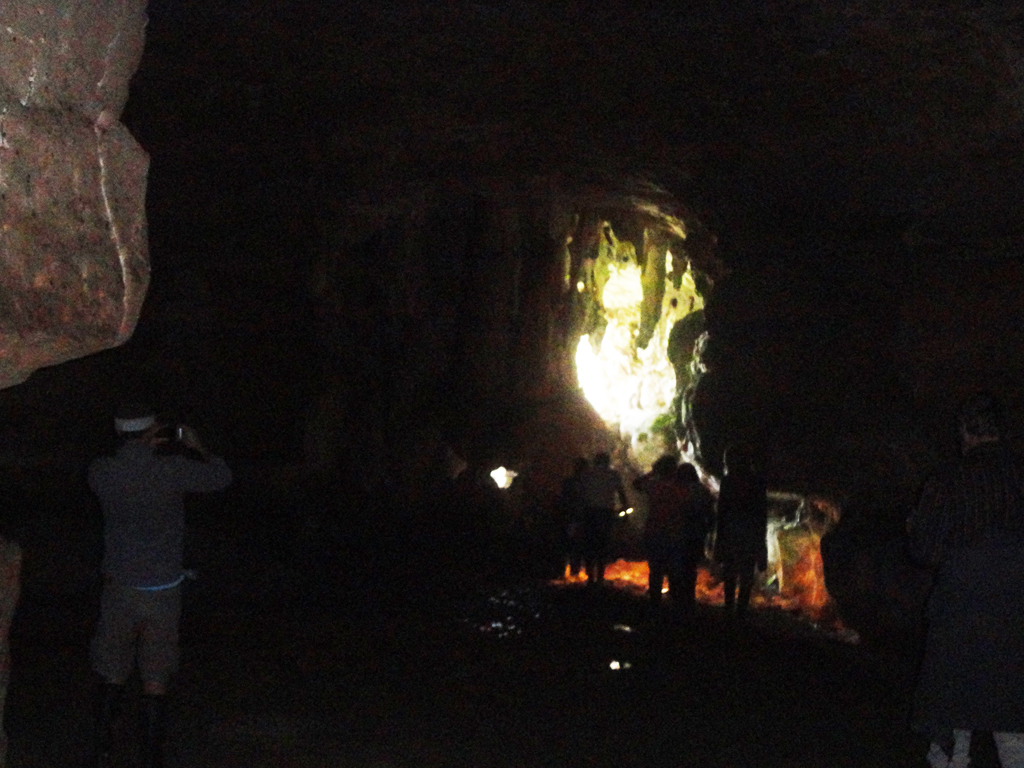
The group split in two for this site, with guides for the Spanish speakers and one for us English speakers. The guide for myself, Andrew, and Natalie has was the guide who was taking them on the 4 day trek. He was a knowledgeable guy that really enjoyed talking about the history of the Chachapoyas. In fact all the guides so far have been brilliant; the guide for the cave was incredibly enthusiastic and you could tell he was doing something he truly enjoyed.
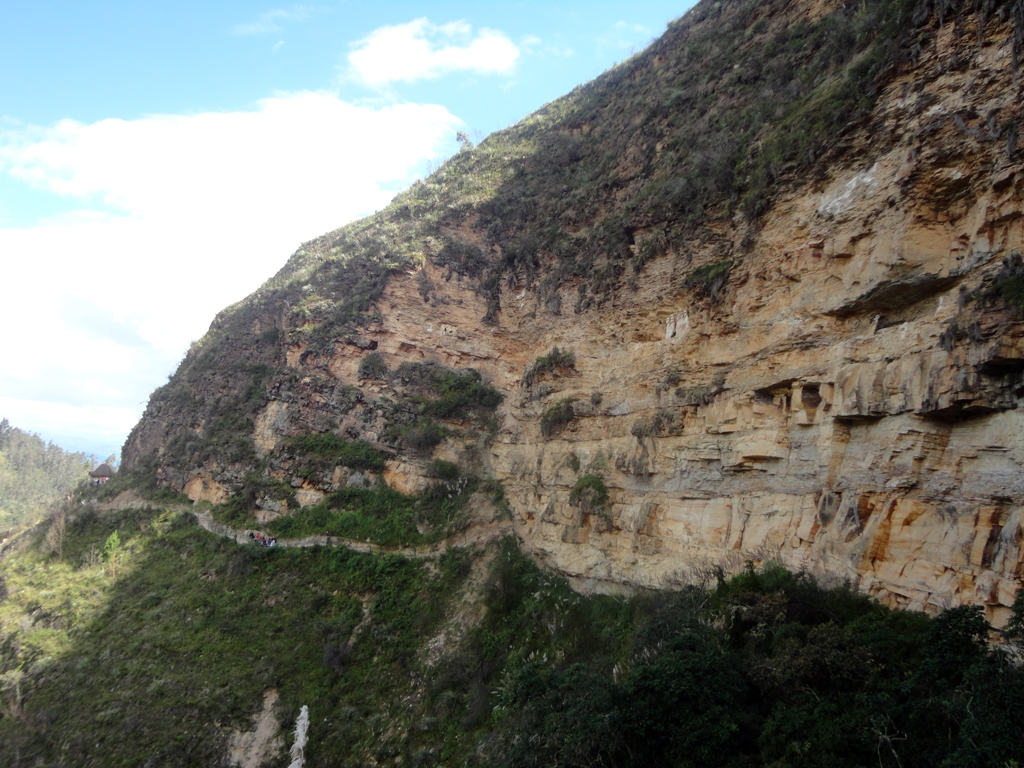
The Chachapoyas encased their most important people, such as the aristocrats, warriors and shaman, inside clay sarcophagi that are roughly the size of an average man. The dead were put in the foetal position, symbolising the circle of life and the return to the womb in death, and the sarcophagi were placed on impossibly high cliff sides overlooking the village. Even in death they would continue to look over and protect the village. And overlooking the warrior sarcophagi were the sarcophagi of the dead shamans, who also continued their life role in death by watching over the warriors.
Over a 1000 years ago the Chachapoyas of Karajia placed what would become the most famous of the sarcophagi in the region upon the mountainside. Several niches were carved out of the rock face to house them, and today only 6 survive. It’s amazing that even these 6 survived earthquakes, rain, and grave robbers for over a thousand years. There are dozens more of these sarcophagi throughout the region, however the Karajia are the most visited. It’s believed many more exist in secret, with the locals not wanting the outside world to know of their existence. The religious significance is still strong with the people, and despite being technically Catholic, their beliefs are still heavy influenced with indigenous spiritual law and practice.
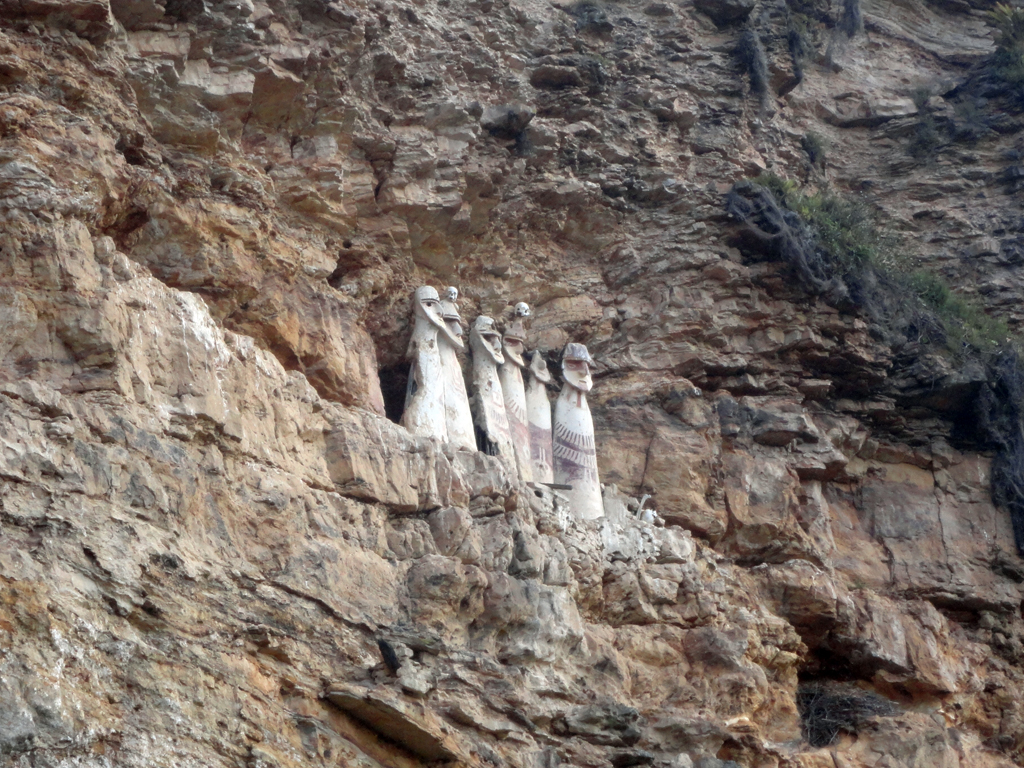
After sometime marvelling at the sarcophagi and scratching our heads with disbelieve that the Chachapoyas apparently *climbed* the cliff face to place them there (the Chachapoyas were well renown rock climbers), we made the utterly painful walk back up to the village. I swear I was ready to have a heart attack at some point – half the 2km walk back is literally at a 45 degree angle. There are several rest stops along the way, and at 3000m above sea level, they were sorely needed to sit and regain my breath.
Yet the end was eventually in sight, and back at the village the locals sold cold water and Inca Kola to us sweltering and out of breath tourists. In Peru Inca Kola is the national drink. *Everyone* drinks it. It’s amazing, and I witnessed the same thing in Ecuador only with Coke, and at just about every table in a restaurant or café will have a litre bottle or two of the stuff being shared with the group of people. And I must say, it is pretty damn nice. The flavour is a mix of bubble gum meets creaming soda, and it’s radioactive yellow in colour!
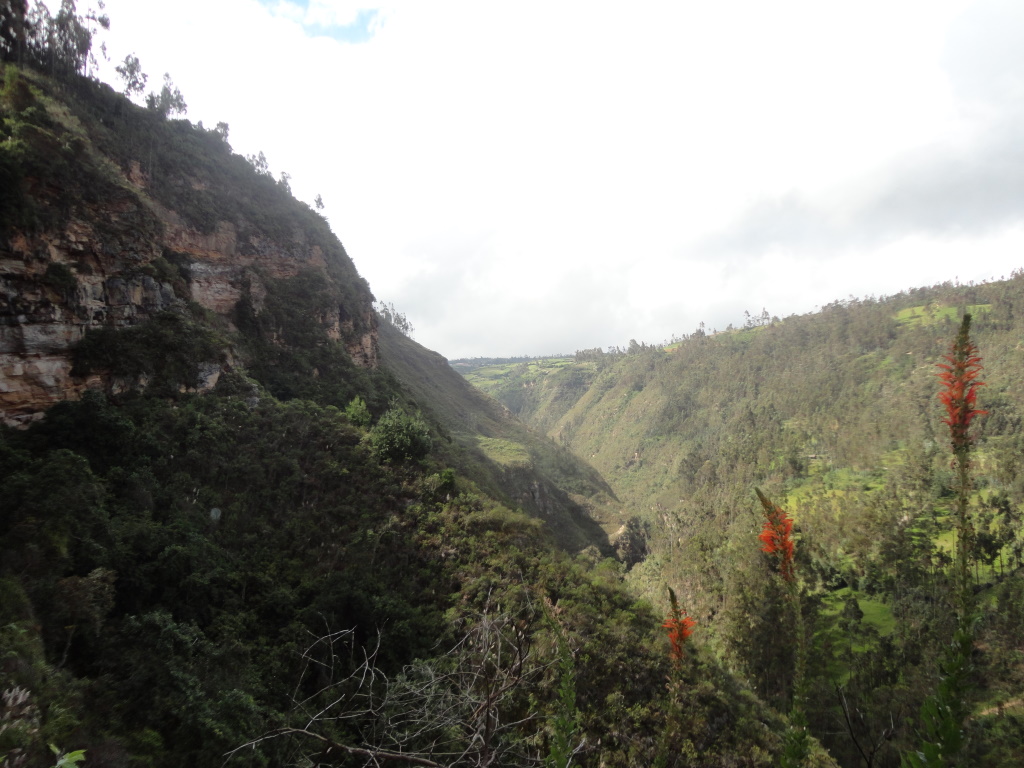
Downing the cold bottle of water in a matter of minutes, we waited at the minibus for the Spanish speaking group to return, and continued the journey. This part wasn’t supposed to be on the standard tour – Andrew and Natalie, plus two other girls who joined us at Karajia, were going onto Belen to begin their trek and we were tagging along to view the valley.
The road to Belen took us up and up and up into the Andes, until we entered the clouds and a wall of mist descended all around. We could see probably 5 metres ahead on the dirt road, and thankfully no one ever was coming in the opposite direction. Heading back down the mountain into the valley the clouds lifted and the road became muddy. On three occasions we had to get out of the minibus because it became stuck in the mud, and each time the driver was able to get the van out. As we zig zagged down the mountain road the valley of Belen suddenly came into view – and what a spectacular view it was.
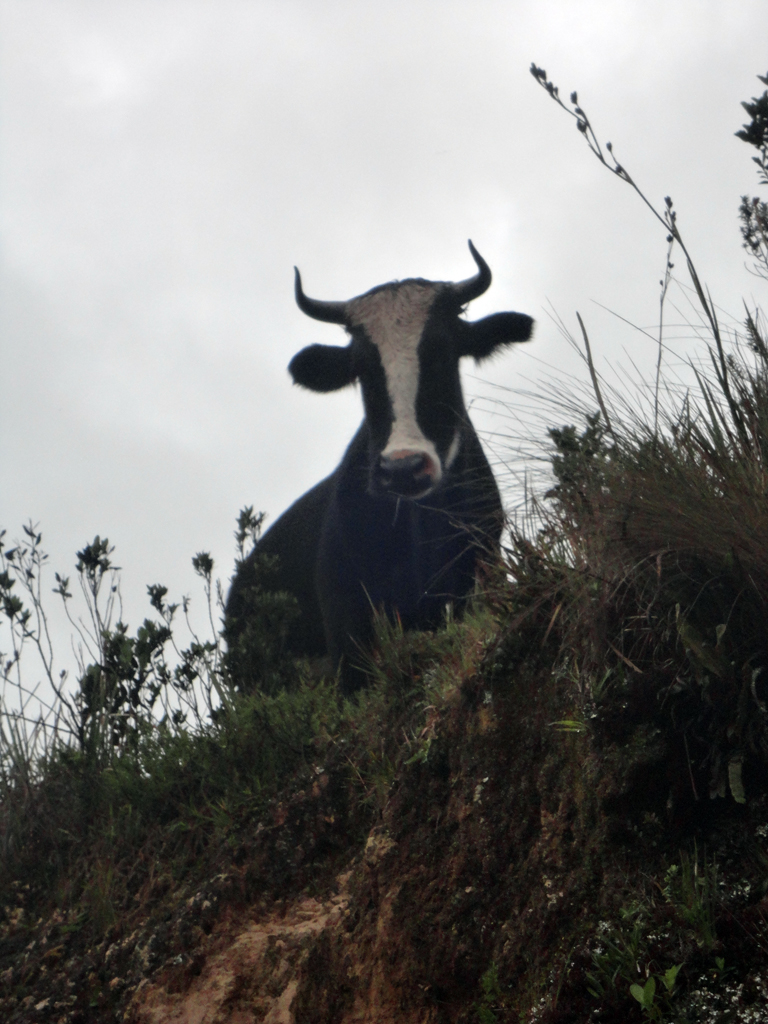
Amidst a sea of dark green cloud forest, the flat valley explodes with amazing bright green. It’s the type of green grass you’d see in English country side, not in the middle of the Andean mountains. With a fast moving river snaking its way through the valley and horses and cows chilling out in the lush green grass , it’s a beautiful and tranquil sight to behold.
On the edge of the valley sat a small little home where Andrew and Natalie were staying this night. We all got off to photograph the valley and say our goodbyes, meanwhile a rather curious cow stood over a ledge keeping an eye on us. Which was kinda unnerving as cows generally are pretty stupid and don’t have a habit of spying on people.
After exchanging email addresses we left the trekkers and began making our way back along the muddy road to Chachapoyas. The couple of places where we got stuck weren’t a problem this time around, but the inevitable happened and the minibus became hopelessly stuck on that final bad stretch of deep mud filled road.
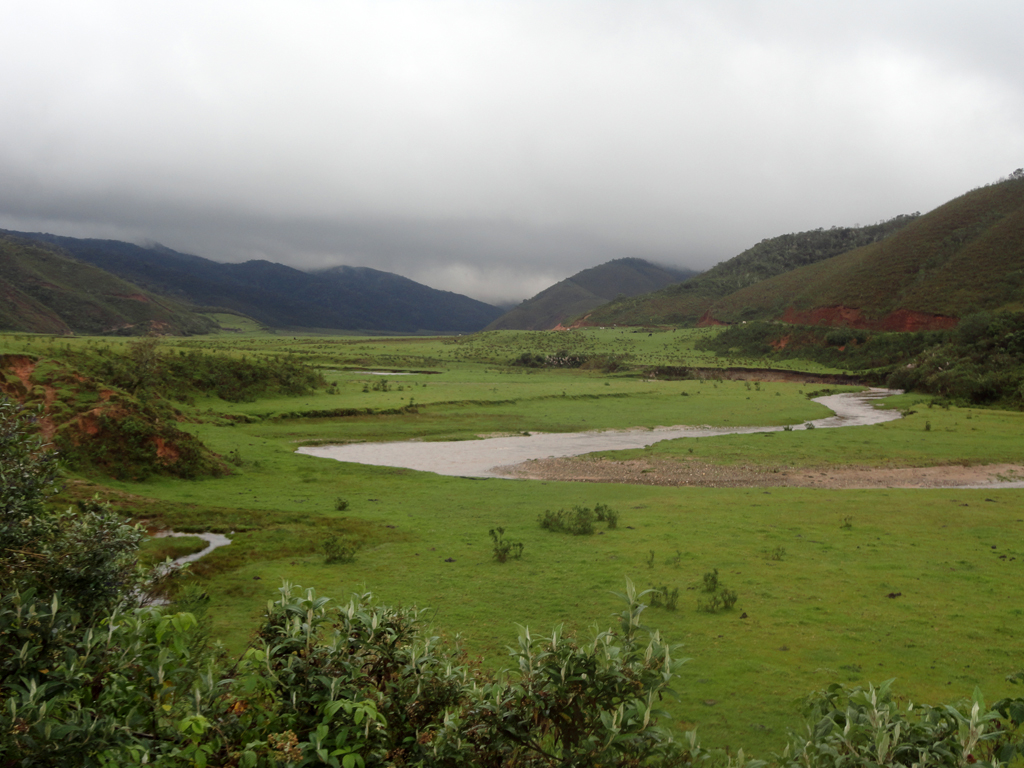
The minibus wasn’t going anywhere, so the man from Chiclayo and myself got behind the bus and tried pushing. Mud flying everywhere, the back wheels spinning wildly pouring out with black smoke, there was the glimmer of hope as the bus struggled forward only to be promptly stuck again. After pushing the bus back, we collected rocks and attempted to fill in the gaping ditches of mud as the sun vanished behind the mountains and darkness was thrust upon us.
A makeshift rock road later the driver made the attempt again, once again with us pushing from behind. Half a metre was all it could manage, and this time this minibus was completely stuck. No pushing from behind or the front would budge it from the mud. The driver at this point started digging away at the mud with his hands and adding rocks around the wheels to try and get some traction. Nothing worked and we stood in the cold dark of the forest as light rain started to fall.
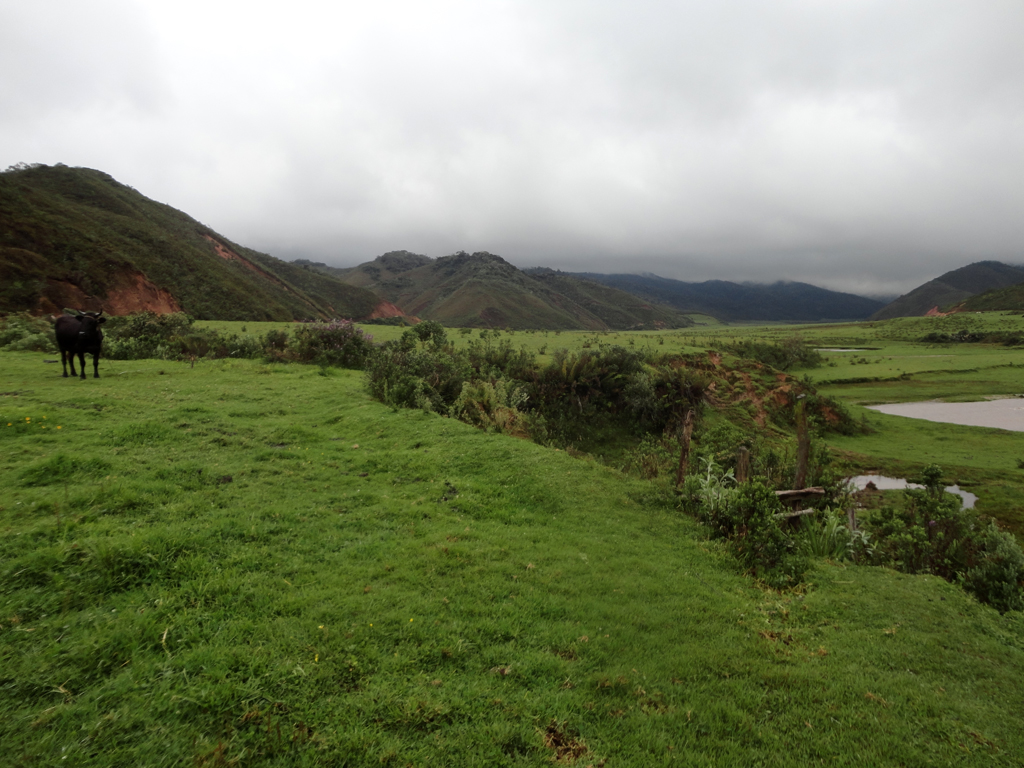
We had been stranded for more than half an hour at his point, when finally back along the road salvation appeared in the ghostly form of the bright headlights of a truck. The truckies got out and surveyed the scene. It was a surreal sight, the headlights of the truck and minivan the only light in the engulfing darkness of the forest as mist floated around silently. It could have easily been the opening scene to a horror movie!
What saved us in the end was the good ol’ back hoe that the truckies had with them. Our driver took to the mud like a madman and dug out the dirt and mud trapping the minibus. Two attempts of escape later we all cheered and clapped as the minibus dislodged itself from the muds grasp and powered up the road. One can only hope in future someone might have the bright idea to use 4 wheel drives for this road in the wet season!
Climbing back aboard the minibus, my shoes and pants caked in mud, we drove towards Chachapoyas. It was thankfully an uneventful drive – except for one cow not really wanting to share the road – and once we hit asphalt road the driver floored it like an Ecuadorian and we arrived back in town just past 9pm.
Pretty hungry at this point, I dropped my bag off at the hostal and quickly headed back out for food and, more importantly, several well deserved beers!
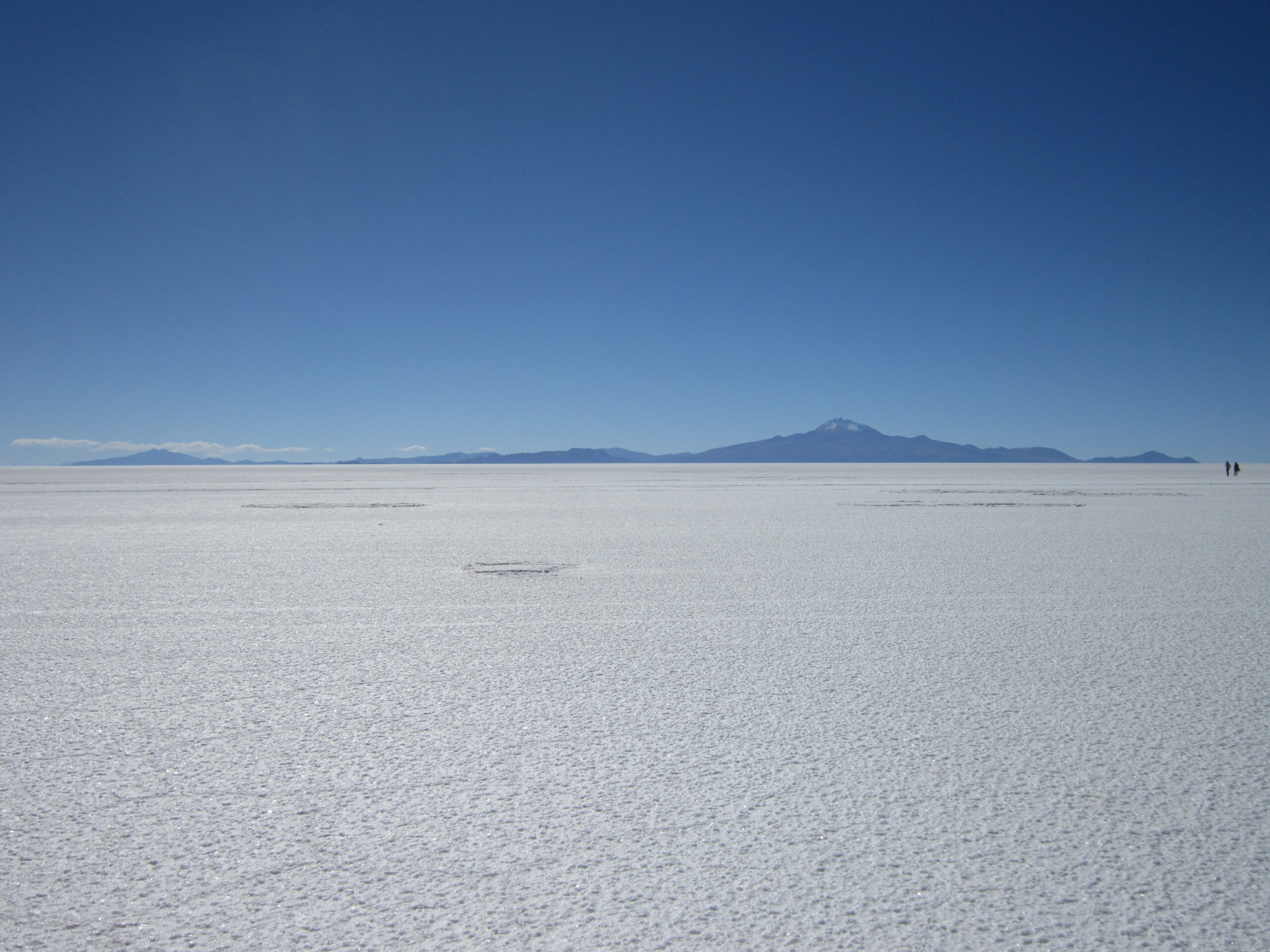

One response to “Chachapoyas – Caving, Sarcophagi, and Green Fields”
Nice photos of the cave Matt, very well done for someone who doesn't use a flash. Sounds like you are in your element in Peru. Sonia, my Peruvian friend, is following your journey through the country avidly as are the rest of us.